Pluto Mortar & Pestle
€ 65.00
The mortar and pestle is often regarded as an essential to any altar and kitchen. This Pluto inspired mortar and pestle allows for a greater degree of control when bruising, crushing, grinding or pounding ingredients. Pluto rules the poisons and the cures and it makes suiting vessel to mix your offerings to the ancestors. Stored in bamboo box, it makes superb gift for any conjurer.
SKU
Pluto Mortar & PestleOnça’s Vessels Collection of Alternative Care Products is to assist the healing process, support wellness, and stimulate growth. In a hands on approach, be proactive in ones own journey with health. Onça’s vessel series were handcrafted in east Berlin, Germany by Studio Jarow. The combined components were sourced and brought together in the making of kitchen and altar utensils. Inspired by the craftsmanship of indigenous folk, each piece was individually prepared in honor of their traditions, resembling simplicity, while considering material shape and dynamics. In addition to our Planetary Magic series, we have created singular vessels that complement divine workings with the planetary forces.
MORTAR + SURIKOGI PESTLE = PLUTO ACCOUTREMENT
BEST FOR: Mortar is used in cooking to prepare wet or oily ingredients as well as grinding spices into powder. The mortar is big enough for domestic use and make great addition to any ritual altar. Combined salts, resins and potions can be grinded and well mixed. Use and dry well after every use. If the mortar is used primary for ritual practices, do not mix with foods and keep away from children.
COMPONENT DETAILS:
♦ The mortar: Concrete mortar, size 14.5 Ø cm, with height of 10 cm, weighting 2.2 kg. Purple two types of cement with shells, quartz sand and consecrated earth. The bottom is fitted with fine Italian leather base. Use it to grind many types of seeds, herbs and spices. Enjoy the rich and satisfying flavors.
♦ The pestle: Wooden pestle made from white birch and leather strap, with length of 18 cm and width of 3 Ø cm. Designed to fit comfortably in the hand, the hard wood is resistant to wear and is beautifully finished to showcase the natural elements of the original tree.
THE PESTLE (Surikogi)
The pestle called “surikogi” is made of wood rather than clay and keeps the pestle from wearing down the ridges in the mortar. The traditional and less common pestle is made from the Japanese pepper tree (sansho) and the bark is left on the pestle. It is said that this pestle imparts a slight peppery flavor to the food it grinds. The Suribachi is originally from Southern China and was introduced to Japan between the eleventh and twelfth century. Prior to this time the common mortar was a stone implement. The tool was first used for preparing medicines, then later used for grinding flour and eventually for food preparation. The suribachi became an indispensable kitchen tool in the Japanese home.
E N E R G E T I C S
Pluto Body
Pluto, once considered the ninth and most distant planet from the sun, is now the largest known dwarf planet in the solar system. Due to being a planet that lives most of its cycle in darkness (to our naked human eye), it was named after the Roman God of the Underworld.
“Pluto is the archetype of primordial energy, the universal life force which impels all evolution and transformation. Pluto represents the principle of power itself, of elemental force, of primal libido and aggression, and is essentially identical to Freud’s notion of the id. It is the Dionysian energy of life, the Serpent power, the Kundalini. It compels, empowers, overwhelms, transforms; it destroys and resurrects. Pluto governs the instincts and the forces of nature. It rules the biological processes of birth, sex, and death, and at its deepest level it involves the mystery of death and rebirth.”
“Pluto rules: upheaval, breakdown and decay, but also regeneration and the purifying fire of catharsis. It reflects the archetypal Underworld–the dark, mysterious, and often terrifying reality which lurks beneath the surface of things, beneath our ego and societal conventions and the veneer of civilization, and which is periodically unleashed with great destructive and transformative force.”
Pluto Herbs
The herbs of Pluto are moist, potent, procreative in their energy. Most of them have a strength to them, from the way they grow, or the way they smell, or the impact they give when intaking them.
Herbs that cause deep transformation in the body, from powerful healers that abolish dis-ease, like anti-cancerous herbs, to those that emotionally shift the body into higher frequency. These herbs are excellent to easing folks through a long-term transition. On a more magical note, they are those that help us touch the abyss of our emotional body, and help us evolve into the reality of our desires.
MORTAR & PESTLE
Mortar and pestle is a set of two simple tools used since the Stone Age to the present day to prepare ingredients or substances by crushing and grinding them into a fine paste or powder in the kitchen, laboratory, and pharmacy. The mortar is characteristically a bowl, typically made of hard wood, metal, ceramic, or hard stone such as granite. The pestle is a blunt, club-shaped object. The substance to be ground, which may be wet or dry, is placed in the mortar where the pestle is pounded, pressed, and rotated into the substance until the desired texture is achieved.
Mortar and pestle in culture and symbols
The antiquity of the mortar and pestle is well documented in early writing, such as the Egyptian Ebers Papyrus of ~1550 BC (the oldest preserved piece of medical literature) and the Old Testament (Numbers 11:8 and Proverbs 27:22). In Indian mythology, Samudra Manthan from Bhagavata Purana creates amrita, the nectar of immortality, by churning the ocean with a pestle.
Since medieval times, mortars would be placed or carved on the gravestones of pharmacists and doctors. Modern pharmacies, especially in Germany, still use mortars and pestles as logos In Russian and Eastern European folklore, Baba Yaga is described and pictured as flying through the forest standing inside a large wooden mortar (stupa), holding the long wooden pestle in one hand to remove obstacles in front of her, and using the broom in her other hand to sweep and remove her traces behind her. This seems as a trace of some ancient rituals connecting the witch symbols of Baba Yaga with the use of mortars in alchemy, pharmacy and early chemistry, which was all seen as magic by uneducated people in Medieval Ages.
Molcajete & Tejolote
A molcajete and tejolote are stone tools, the traditional Mexican version of the mortar and pestle, similar to the South American batan, used for grinding various food products. The molcajete was used by pre-Hispanic Mesoamerican cultures, including the Aztec and Maya, stretching back several thousand years. Traditionally carved out of a single block of vesicular basalt, molcajetes are typically round in shape and supported by three short legs. They are frequently decorated with the carved head of an animal on the outside edge of the bowl, giving the molcajete the appearance of a short, stout, three-legged animal. The pig is the most common animal head used for decoration of this type.
In the pre-Hispanic Mesoamerican period, the molcajete had a lid and the set was believed to be used for burial of members in society of high status. Additionally, throughout the prehispanic Mesoamerican period, they were decorated with various colors and designs, and orange wares were identified as the most common characteristic of the molcajete. The matching hand-held grinding tool, known as a tejolote, is made of the same basalt material.
+++ DISCLAIMER +++
Jarow for Onça Vessel series are reclaimed, recycled and repurposed.
++++++++++++ LEGAL STUFF +++++++++++++
No liability will be assumed by OnçaRitualOfferings for any claims arising out of the misuse or otherwise of these items or any other product sold or made by OnçaRitualOfferings.
OnçaRitualOfferings products and statements have not been evaluated by the FDA. These products are not intended to diagnose, treat, cure, or prevent any disease. Nor is it intended to prescribe in any way.
| Weight | 2.300 kg |
|---|---|
| Dimensions | 16.5 × 17.5 × 8.5 cm |
| Bottle Size | 50 ml, 100 ml |
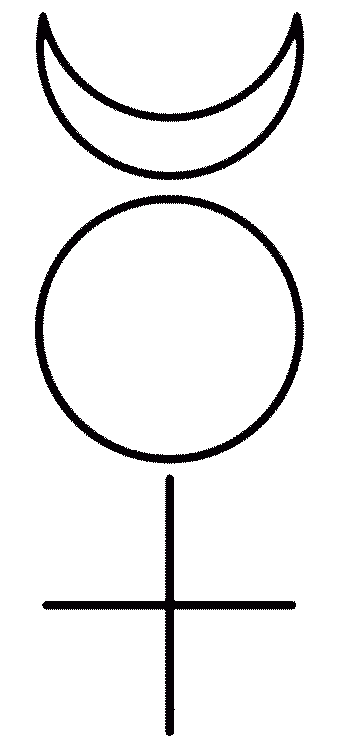
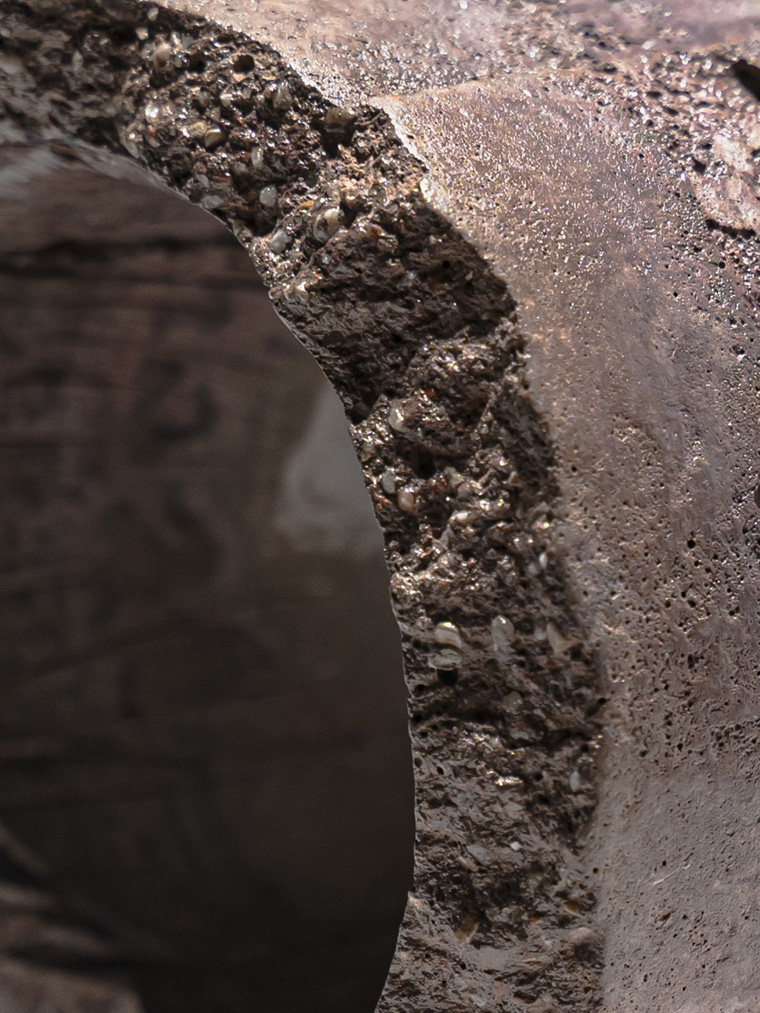
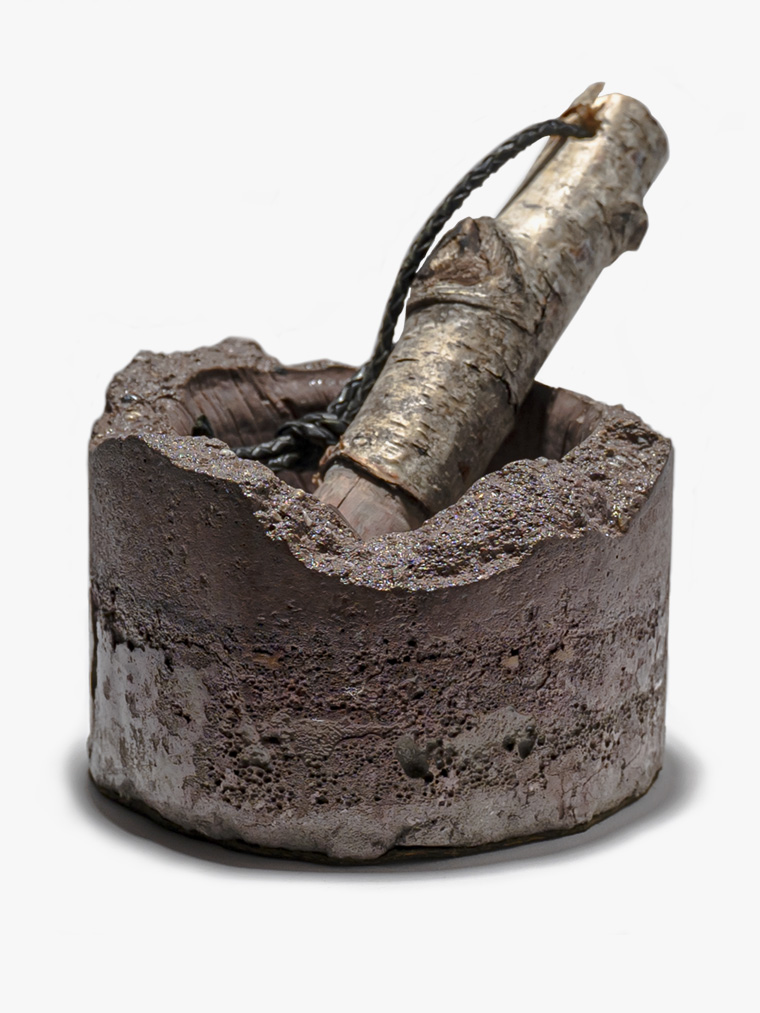
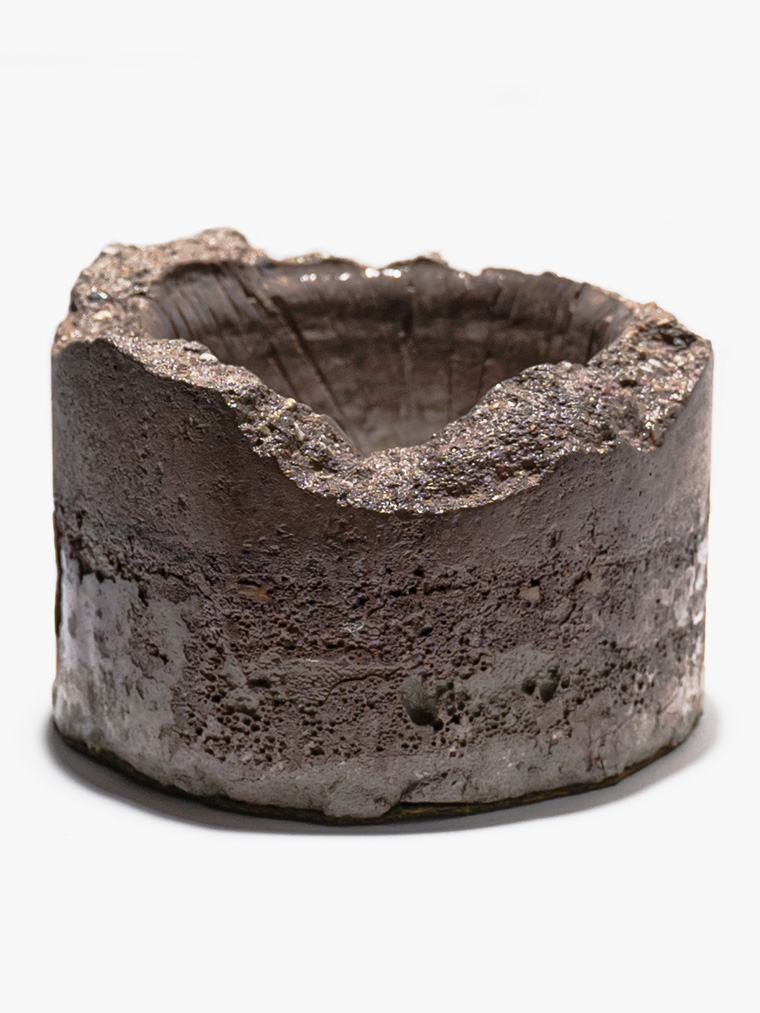
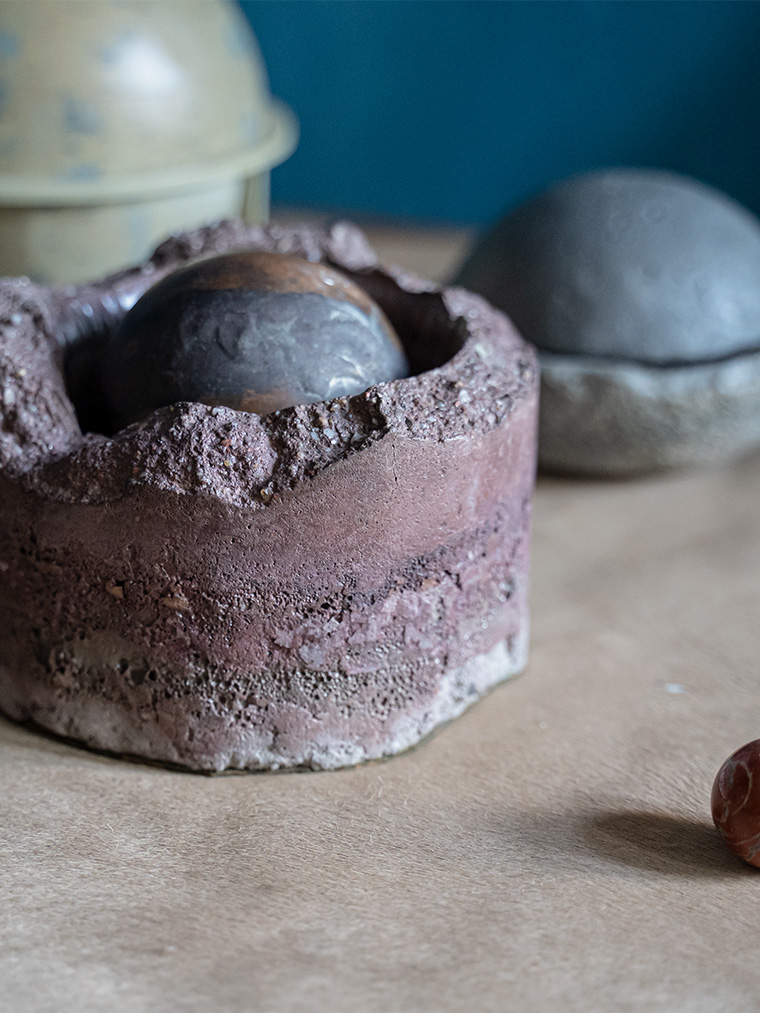
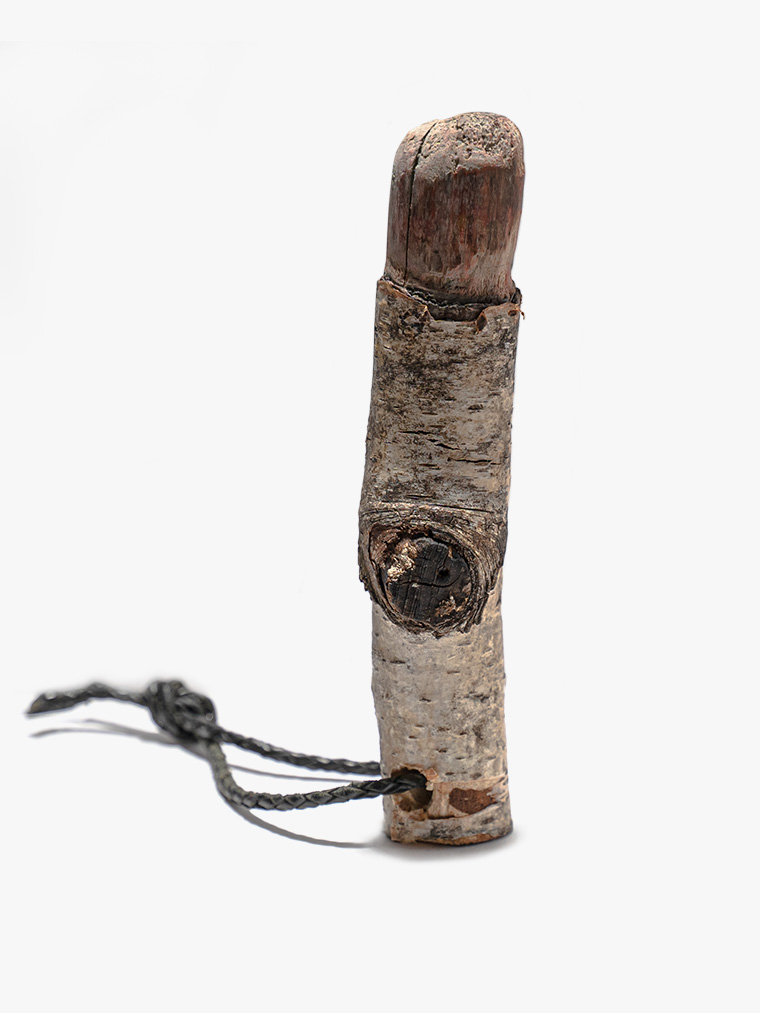
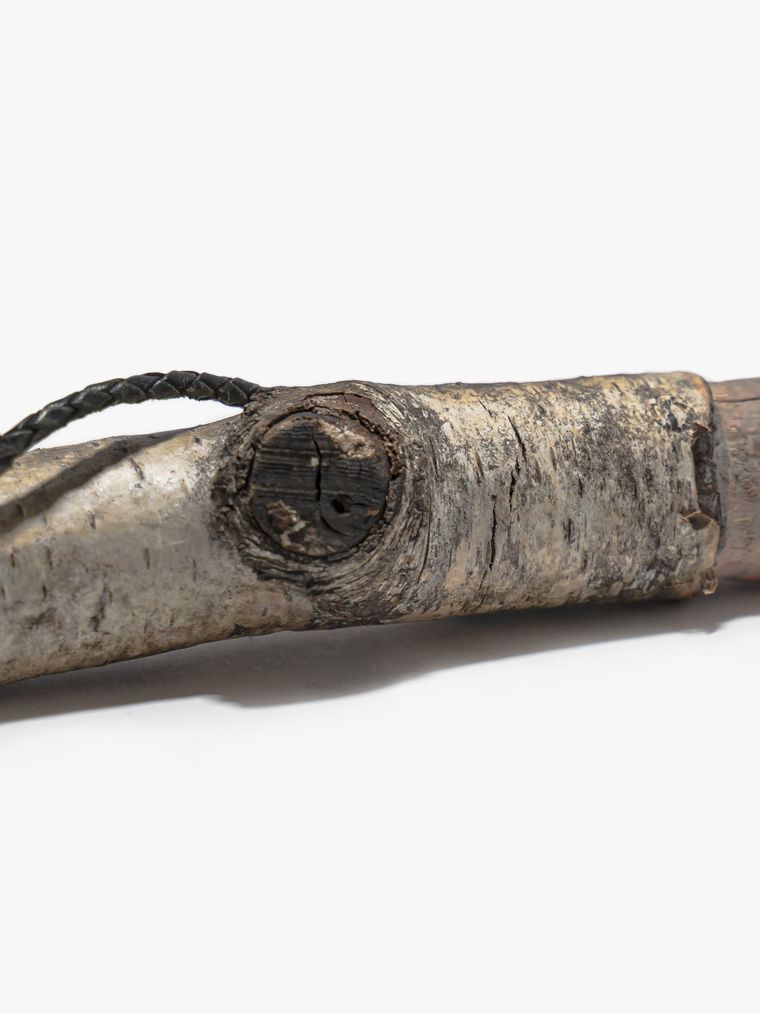
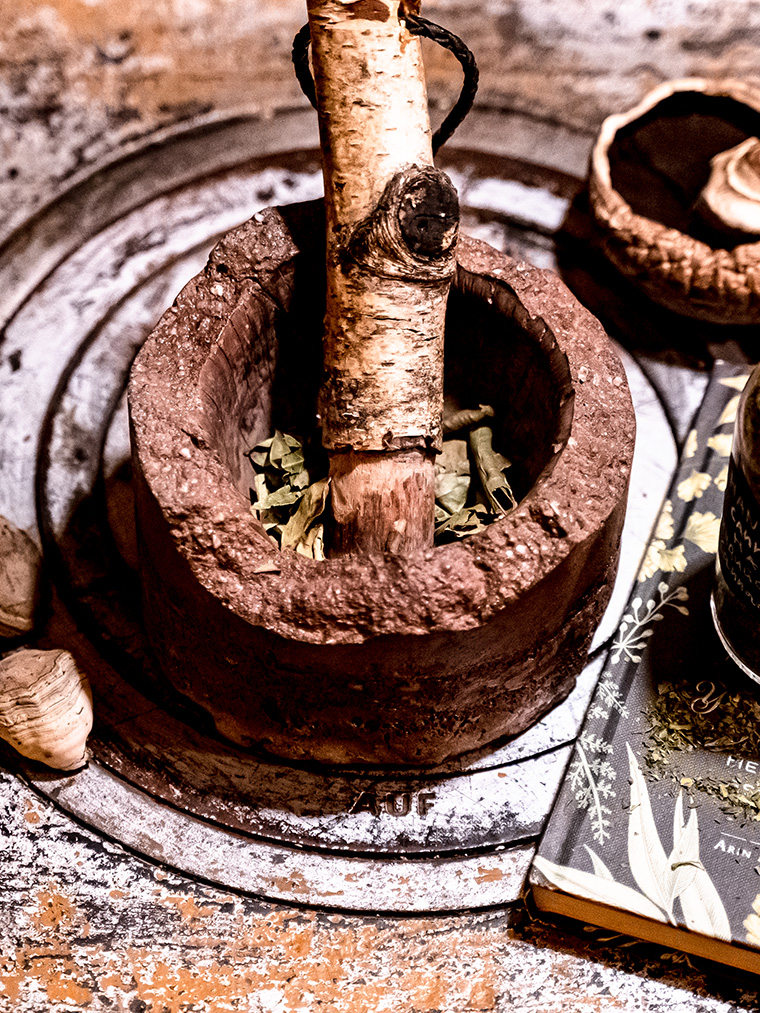
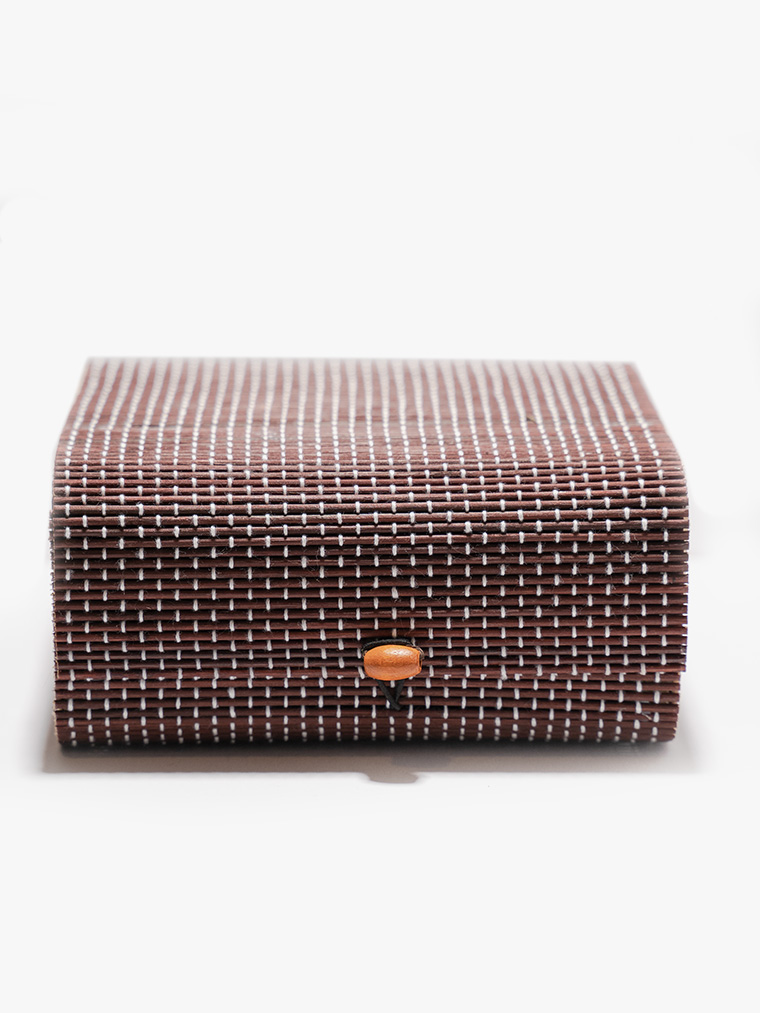
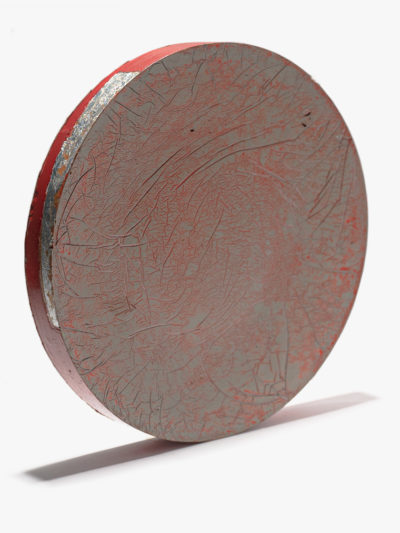
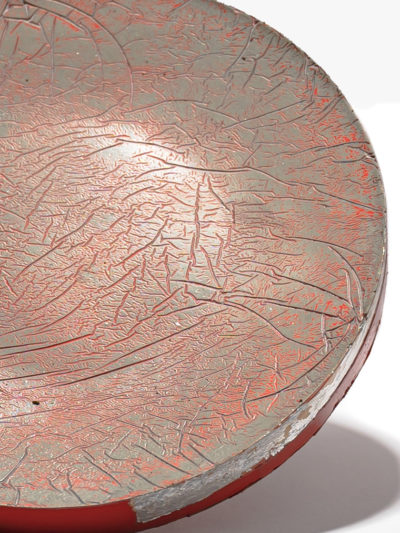
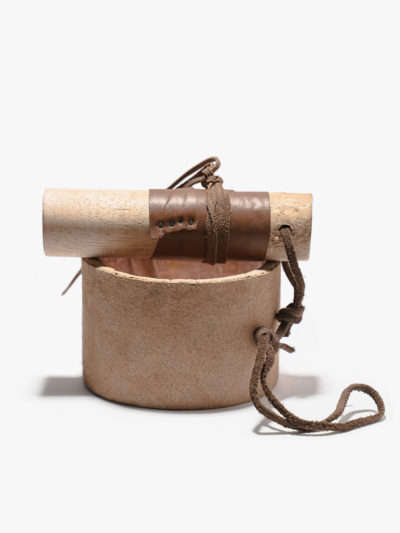
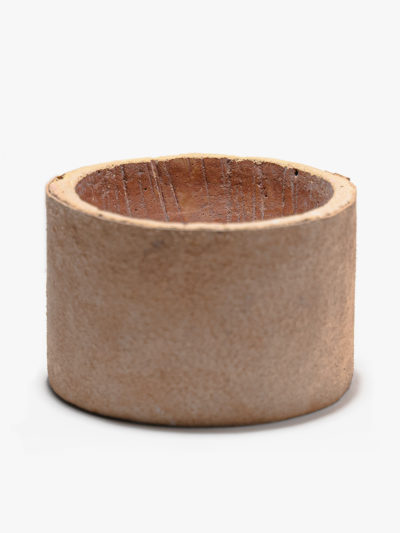
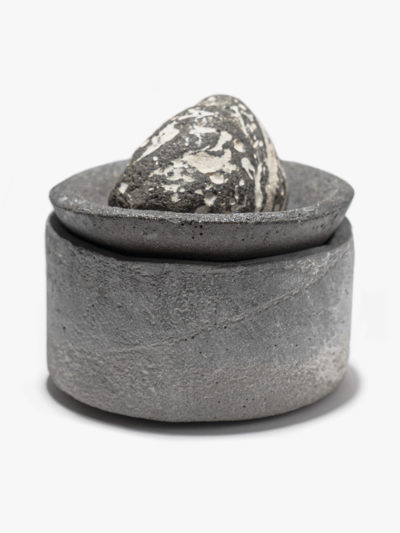
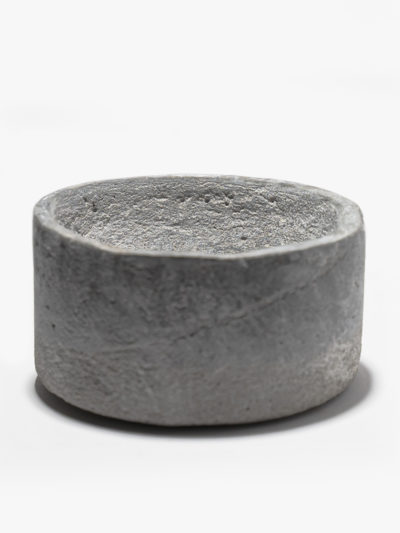
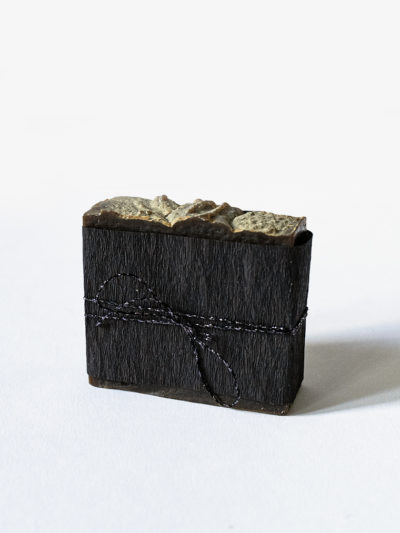
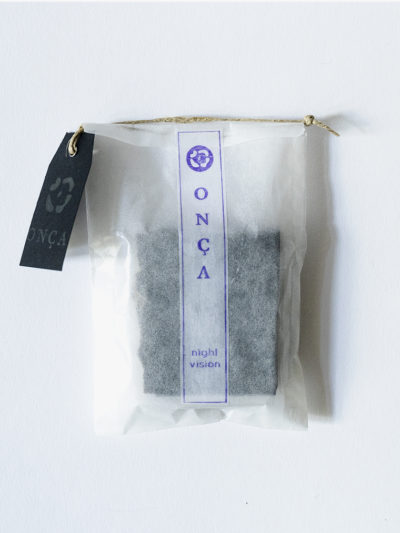
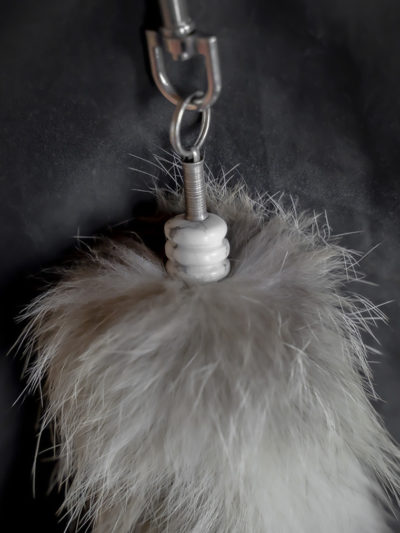
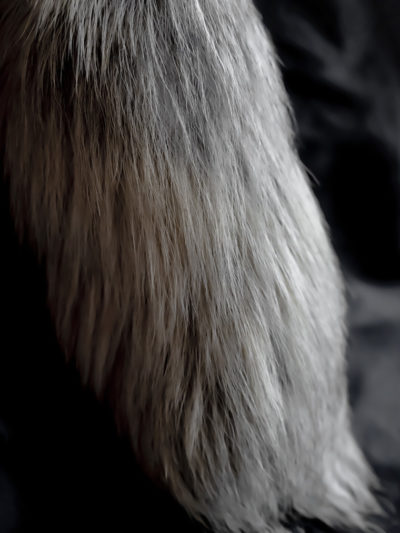
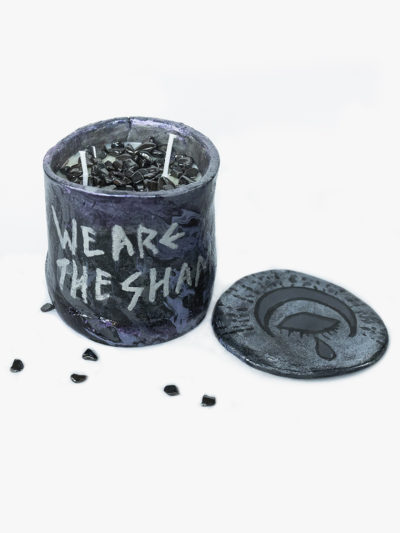
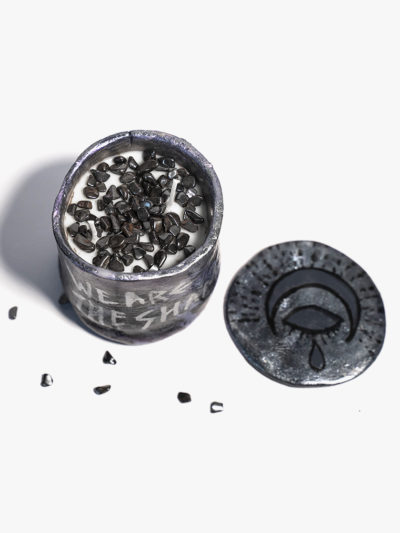
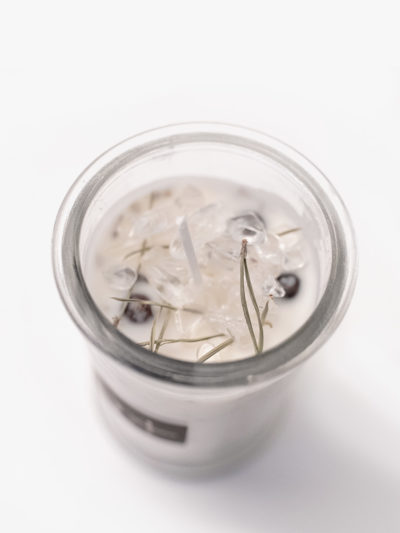
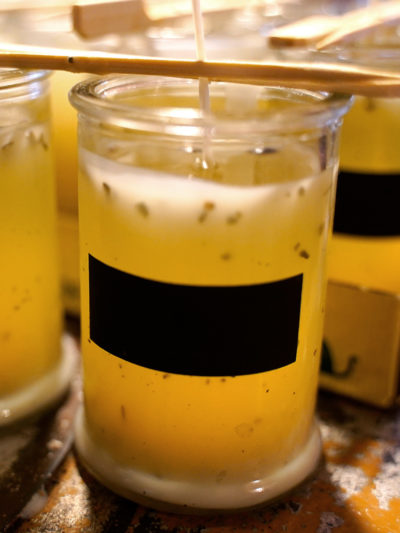

Reviews
There are no reviews yet.